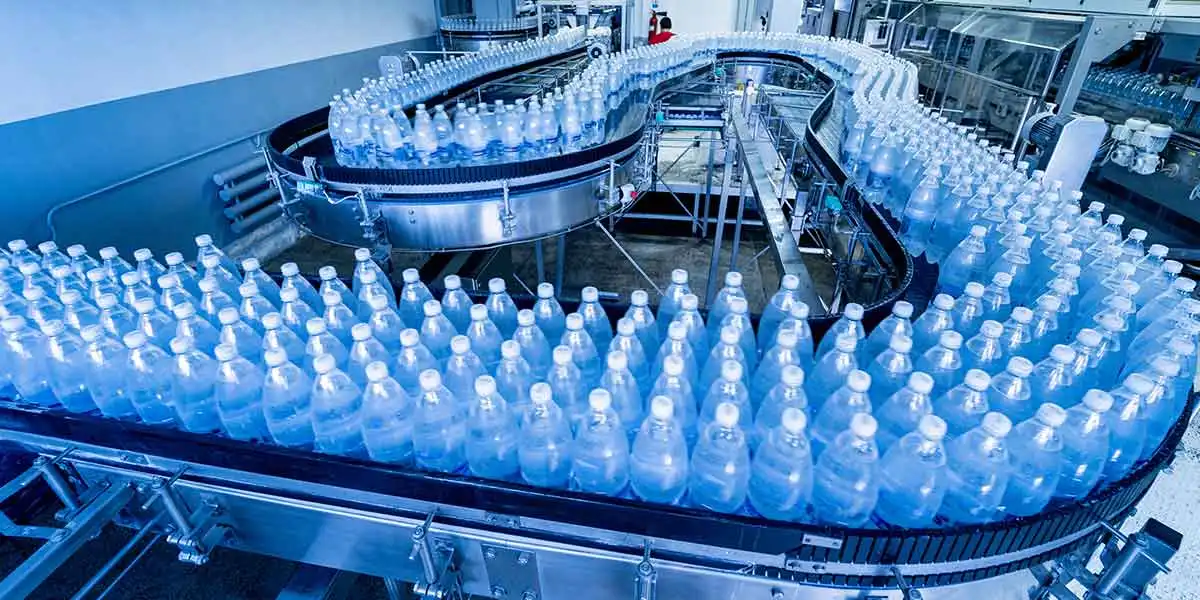Plastics industry has five years to meet net zero goals
Plastics industry net zero strategies must address circularity and carbon emissions simultaneously within five years in order to meet net zero targets.
That’s according to a recent report that finds a fully circular, net zero carbon emissions plastics system in Europe is possible but achieving it will require radical innovation, ambitious policies and significant capital investment. Cooperation between industry, government and civil society is the critical success factor underlying all of these.
Plastics industry net zero strategies must implement both upstream and downstream measures as recycling alone will not suffice, according to the report ‘ReShaping Plastics: Pathways to a Circular, Climate Neutral Plastics System in Europe’, that found the European plastics system’s current adaptations are too slow to align with agreed climate goals circularity policies and the European Green Deal, and a collaborative, systemic approach is urgently needed across all stakeholders.
A circular and climate neutral plastics system is one which designs out waste, eliminates unnecessary production and consumption, keeps products and materials in the economy, and safely collects and disposes waste that cannot be economically processed, thereby permanently increasing material circularity, reducing GHG emissions and stopping plastic pollution.
The plastics industry report focuses on four of the most important plastic-using sectors: packaging, household goods, automotive, and construction, and presents six scenarios, outlining which actions should be prioritized for different plastic applications in order to meet circularity and climate mitigation goals.
The report finds that current plastics industry and policy actions could more than double system circularity from 14% to 30% by 2030, leading to a reduction of 11 million tonnes (Mt) of CO2e emissions and 4.7 Mt less plastic waste disposed in landfills or incinerators, but these actions would still leave a highly resource inefficient system. And are not yet fast enough to align with the goals of the Circular Plastics Alliance, European Green Deal or the Paris and Glasgow climate agreements.
There is no ‘silver bullet’ solution to significantly reduce waste disposal and GHG emissions. Upstream and downstream solutions are complementary and are most effective when deployed together.
Ambitious adoption of circular economy approaches in the plastics industry value chain – that is, applying upstream and downstream solutions together – can drive significant reductions in GHG emissions and waste disposal in the next decade and beyond. Yet it is still not enough to reach net-zero carbon emissions by 2050.
To achieve net-zero carbon emissions by 2050, multiple less mature, innovative technologies and approaches need to be developed and deployed in addition to proven circular economy levers to further decrease GHG emissions and decouple plastic from fossil fuel feedstocks.
The next three to five years are a critical window for action. Long technology maturity cycles and capex lock-in for large infrastructure investments mean that the decisions taken in the early 2020s will determine whether the European plastics industry will achieve a circular economy and net zero GHG emissions by 2050
Virginia Janssens, managing director of Plastics Europe, said: “Plastics Europe’s members have been investing and innovating to support the EU’s net zero and circularity ambitions for a long time and this has accelerated in recent years. However, we support the report’s central finding that faster systemic change is essential, and that circularity is the most important medium-term lever of the European plastics system’s transition.”
In addition to proven circular economy approaches there are multiple less mature pathways– including shift to green hydrogen, the use of carbon capture and storage technologies to incinerators and steam crackers, shifting to bio-based polymers and electrifying steam crackers that decrease GHG emissions and tend to decouple plastic from fossil fuel feedstocks. These are critical to achieve net zero carbon emissions in the European plastics industry as circular economy levers alone will not suffice.
The report found data gaps in current plastic waste data; for example, over 40 per cent of plastic put on the market in Europe may not be fully accounted for in waste statistics. This presents a major challenge to understanding environmental and climate impacts of plastic.





